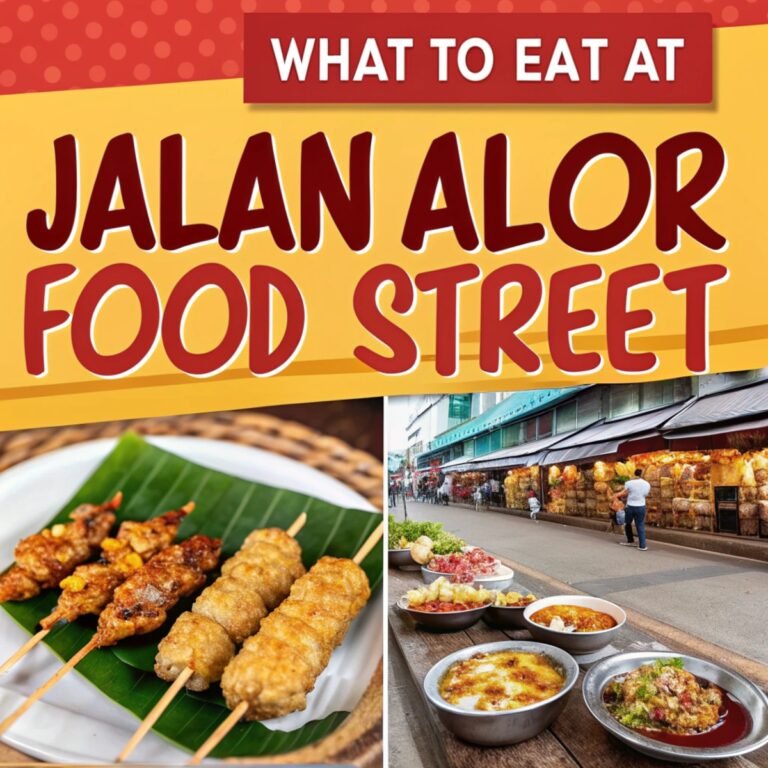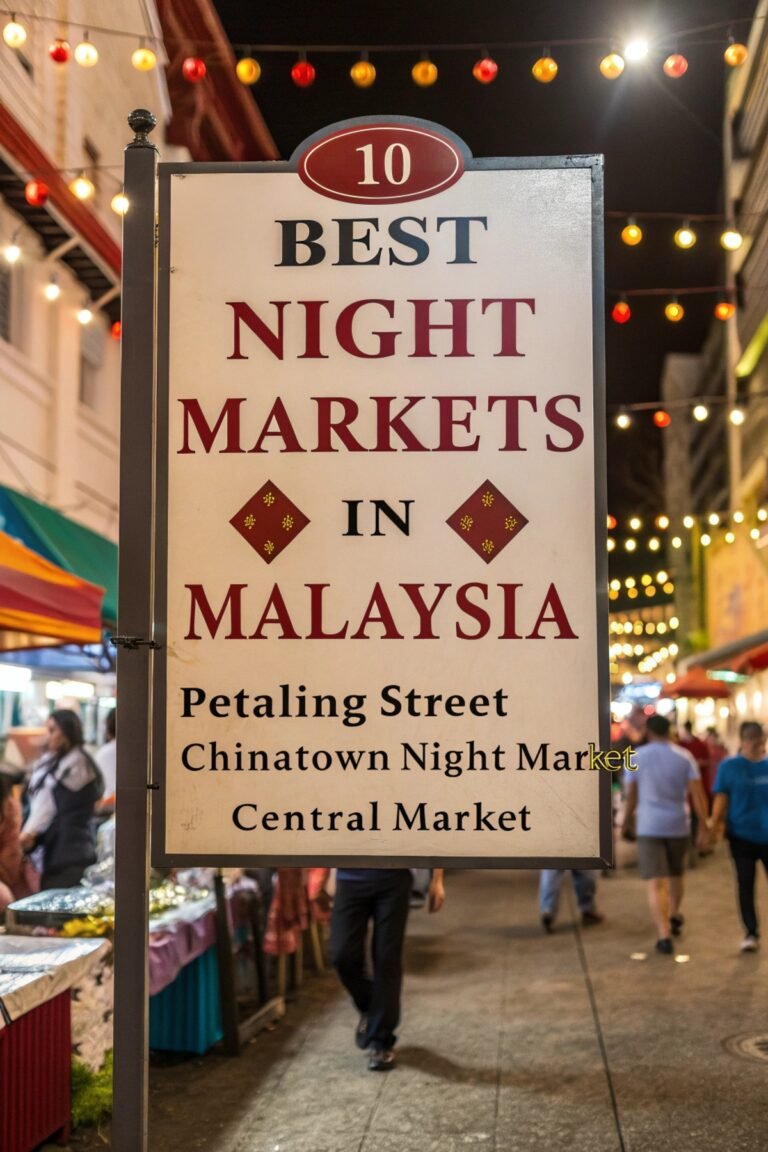Malaysian Paratha
When I first moved to Malaysia, I thought I was pretty well-versed in flatbreads—naan, chapati, tortilla…. But then came paratha.
Soft yet flaky. Buttery, but not too greasy. Folded, layered, rolled, and griddled into something magical.
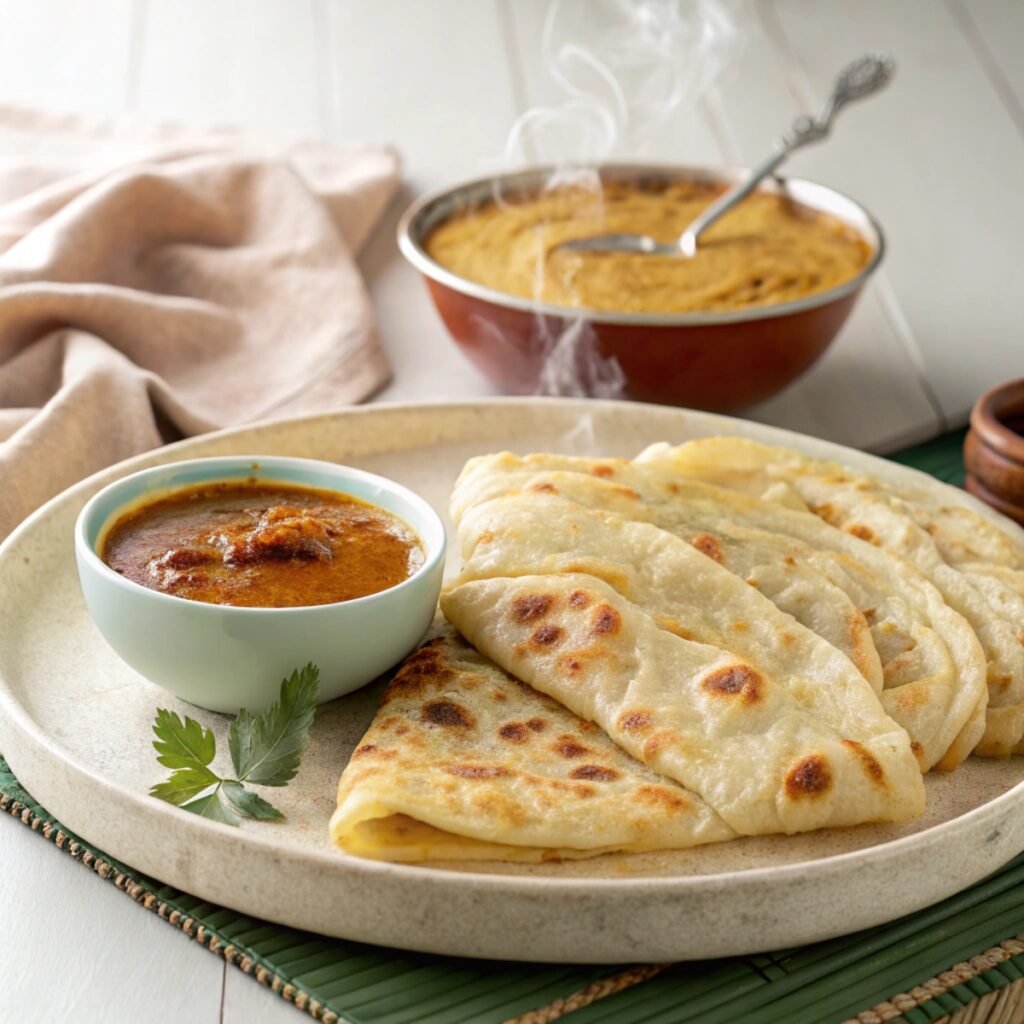
Malaysian paratha is not just food. It’s a ritual. A comfort. A 2 a.m. mamak table essential. And, believe it or not, it also makes a surprisingly great edible souvenir.
Whether you’re picking up a frozen pack at the airport or devouring it fresh off the griddle with curry dripping down your chin, here’s everything you need to know about Malaysia’s beloved paratha—and why it’s so much more than “just bread.”
What Is Malaysian Paratha?
Not to be confused with its Indian cousin, Malaysian paratha (sometimes called “roti canai”) has evolved into a uniquely local dish with layers of cultural influence—think Indian technique, Malay soul, and a bit of Chinese finesse thrown in for good measure.
It’s usually made from wheat flour, water, and ghee (or margarine if you’re at a street stall that’s cutting corners), then spun, slapped, and folded into flaky spirals before hitting a hot flat-top griddle.
💡 Insider tip: If you’re at a stall and hear a rhythmic clapping sound—it’s paratha in the making.
How Do Malaysians Eat It?
Here’s the short answer: with everything.
- Classic way? Tear it up with your fingers and dip it in dhal or fish curry.
- Want something sweet? Get roti pisang—paratha with banana inside, often drowned in condensed milk.
- Feeling extra? Try roti telur bawang (with egg and onion), roti boom (mini and crispy), or roti tisu, which comes towering like a wizard hat and is impossible to eat without making a mess.
I once saw someone order roti cheese, telur, sardine, and kaya all in one. Was it good? I have questions. But also… respect.
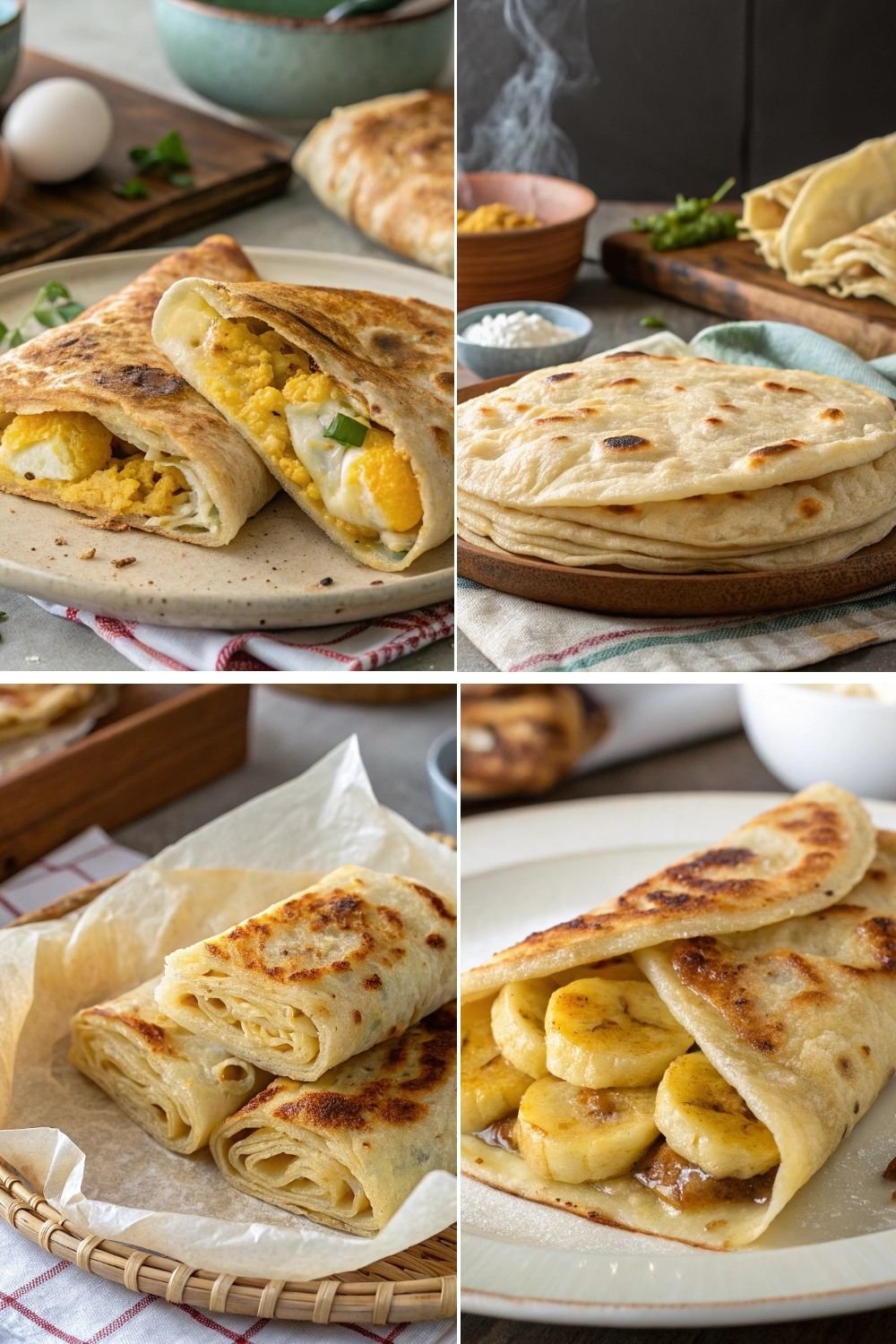
Can You Take It Home?
Yes, and you should.
Most supermarkets in Malaysia stock frozen paratha (brands like Kawan, Spring Home, and Mission), and they are shockingly good. Like, good enough to make your local flatbread sad by comparison. They’re sold in vacuum-packed bags—just pan-fry at home, no oil needed.
You can also pick up packs at KLIA or even small grocers in popular tourist areas like Penang’s George Town or Melaka’s Jonker Street. Just don’t forget to pack them in your check-in if you’re flying—they’re solid but not that solid.
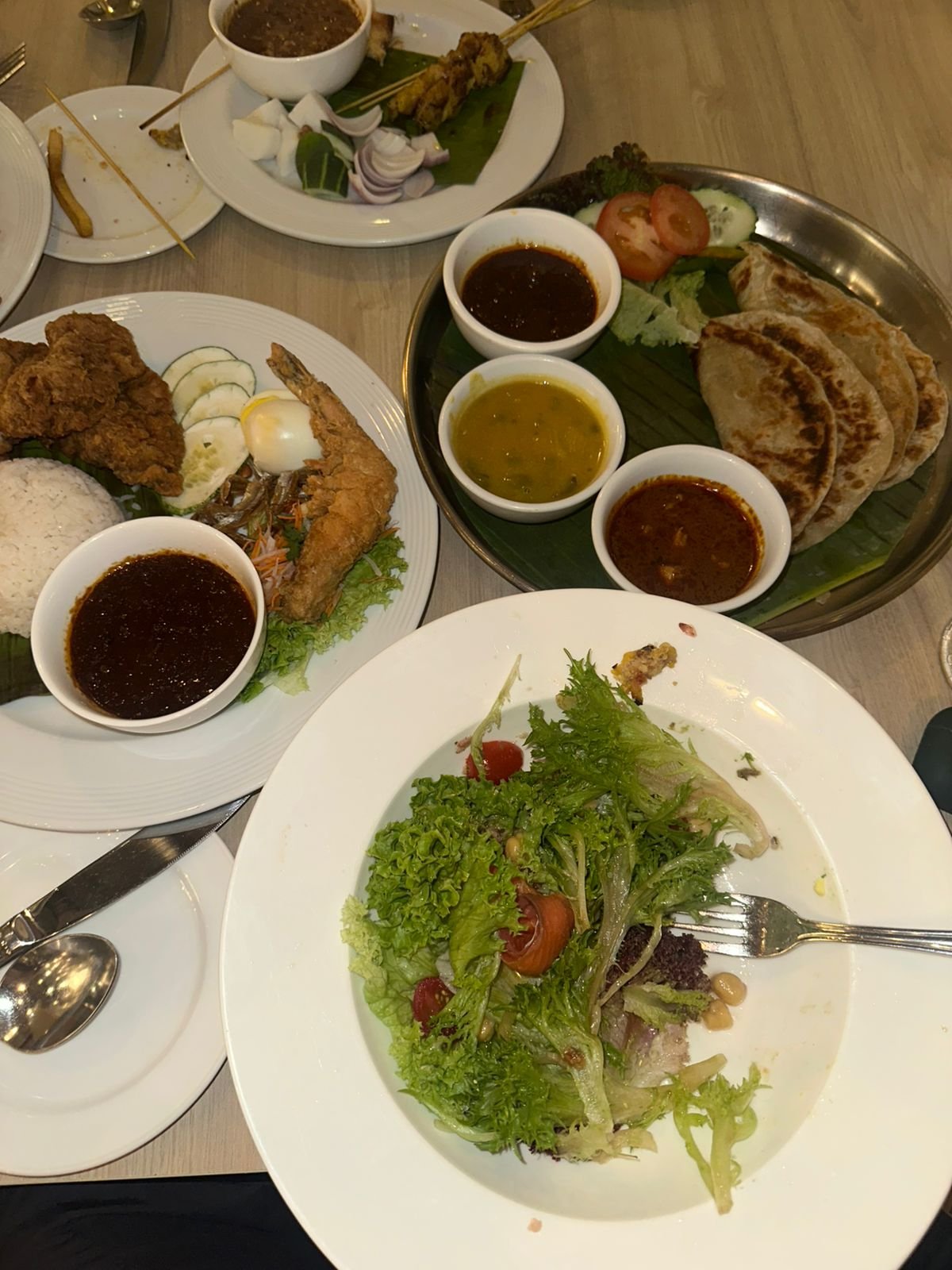
Where to Try the Best Fresh Ones
While every local has a favorite, here are a few places that made me fall in love:
- Restoran Valentine Roti (Kuala Lumpur)
A local legend. Their roti canai is fluffy, layered, and perfectly browned. No frills, just pure comfort. - Roti Canai Transfer Road (Penang)
Famous for good reason. The paratha here comes swimming in spicy beef curry and is served street-side. Morning chaos, but totally worth it. - Raju’s Banana Leaf (Petaling Jaya)
Roti, curry, and coconut chutney under swaying trees. Say less. - Gerai Tepi Jalan in literally any town
Seriously, some of the best ones I’ve had came from nameless stalls run by aunties or uncles who’ve been flipping roti since the ’80s. Follow the locals.
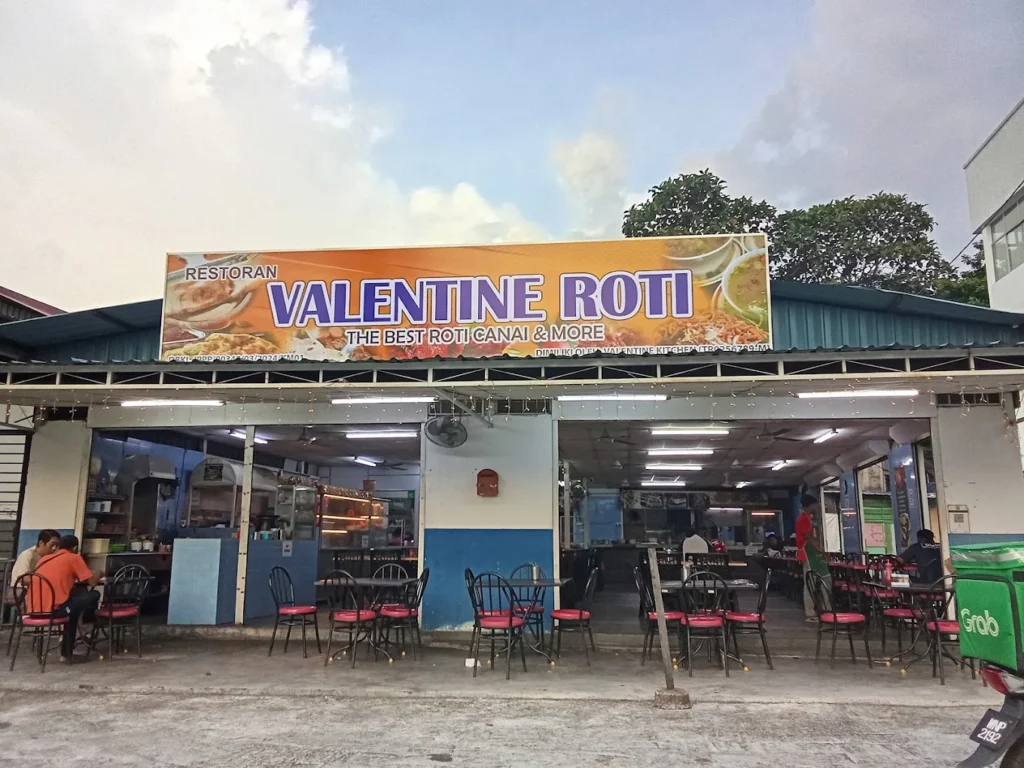
Final Thoughts
If you’re visiting Malaysia and don’t eat paratha, it’s basically the same as going to Italy and skipping pizza. It’s cheap, comforting, wildly versatile, and totally packable—what more could you want?
Pick some up before your flight, or better yet, eat so many fresh ones while you’re here that you’ll dream about them for weeks. Just don’t blame me if all other flatbreads feel inferior afterward.
And hey, if you do bring some home, invite a friend over and make them jealous of your “souvenir.”

